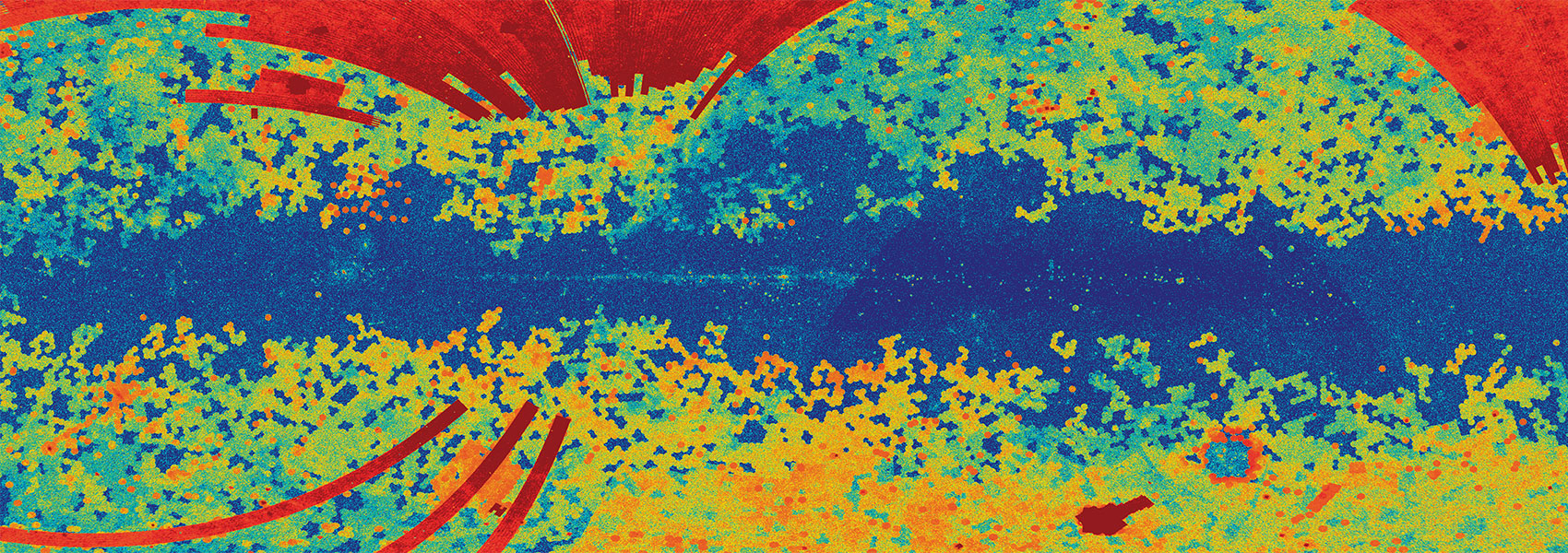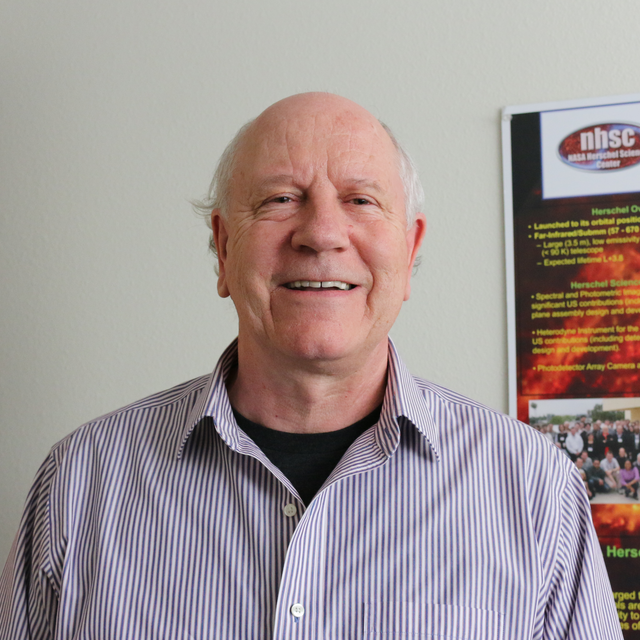September
2023
•
2023ApJ...954...74C
Authors
•
Cheng, Cheng
•
Xu, Cong Kevin
•
Appleton, P. N.
•
Duc, P. -A.
•
Tang, N. -Y.
•
Dai, Y. -S.
•
Huang, J. -S.
•
Lisenfeld, U.
•
Renaud, F.
•
He, Chuan
•
Feng, Hai-Cheng
Abstract
•
We carried out deep mapping observations of the atomic hydrogen (H I) 21 cm line emission in a field centered on the famous galaxy group Stephan's Quintet (SQ), using the Five-hundred-meter Aperture Spherical Telescope (FAST) equipped with a 19-beam receiver. The final data cube reaches an H I column density sensitivity of 5σ = 2.1 × 1017 cm-2 per 20 km s-1 channel with an angular resolution of 4.'0. The discovery of a large diffuse feature of the H I emission in the outskirts of the intragroup medium of SQ was reported in a previous paper (Xu et al.). Here we present a new study of the total H I emission of SQ and the detection of several neighboring galaxies, exploiting the high sensitivity and the large sky coverage of the FAST observations. A total H I mass of M H I = 3.48 ± 0.35 × 1010 M ☉ is found for SQ, which is significantly higher than previous measurements in the literature. This indicates that, contrary to earlier claims, SQ is not H I deficient. The excessive H I gas is mainly found in the velocity ranges of 6200-6400 km s-1 and 6800-7000 km s-1, which were undetected in previous observations that are less sensitive than ours. Our results suggest that the "missing H I" in compact groups may be hidden in the low-density diffuse neutral gas instead of in the ionized gas.
Links




